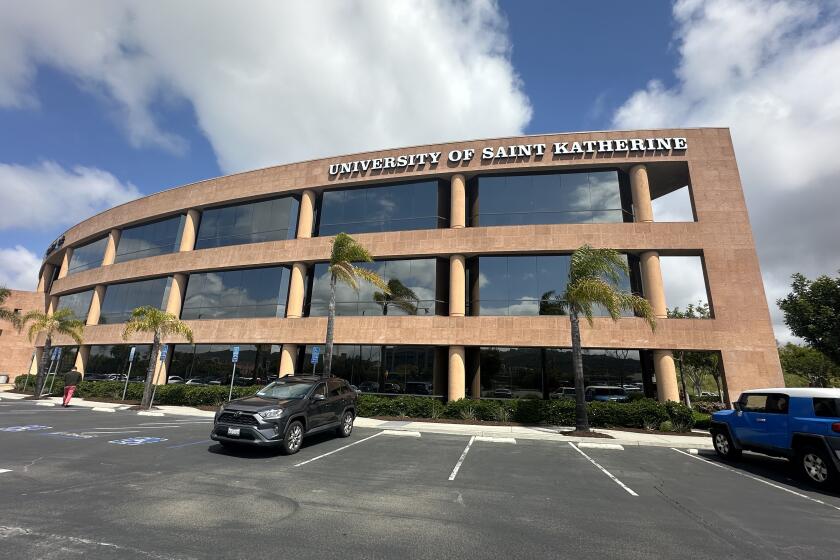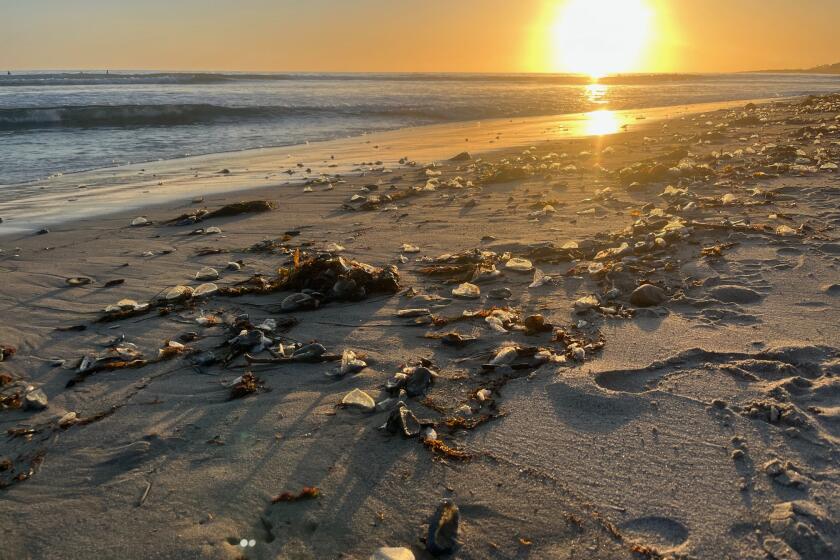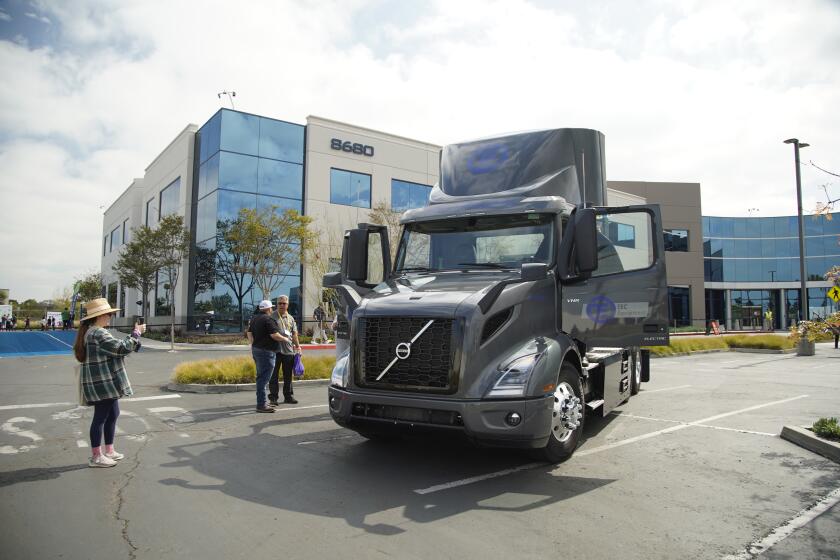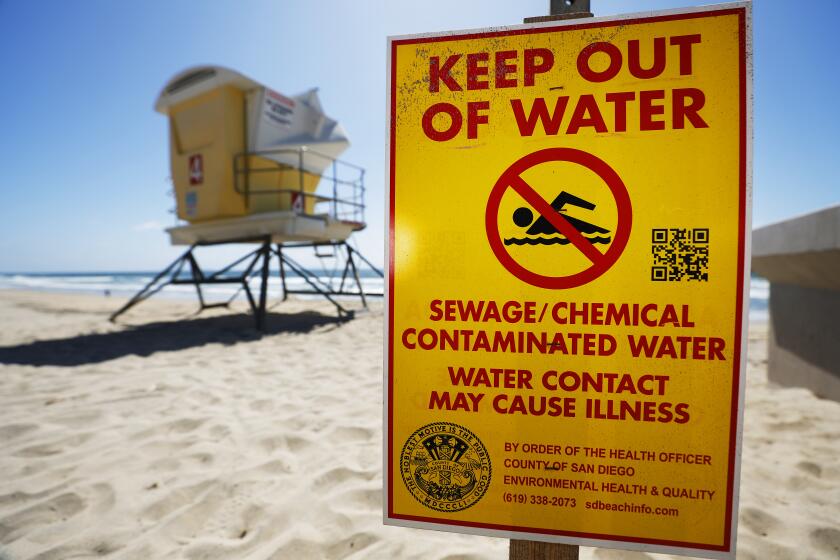Tsunami advisory lifted in San Diego after water rises by 1.4 feet in bay
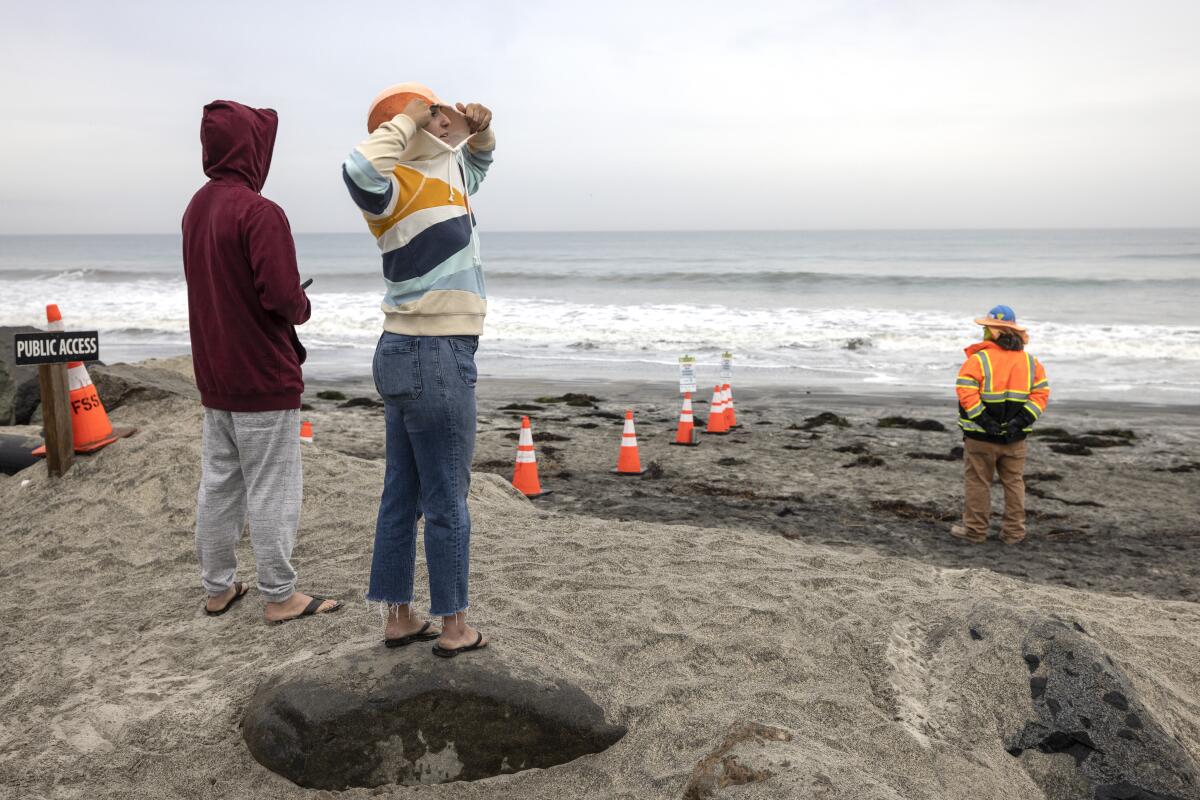
Surges hit the coastline for several hours Saturday following volcanic eruption
In an event rarely seen in Southern California, the waters of San Diego Bay rose by 1.4 feet Saturday due to the arrival of tsunami waves produced by an underwater volcano in the Pacific off Tonga, according to the National Weather Service.
The water also rose by 6 inches in La Jolla. Forecasters say the bay magnifies the tide, which is likely responsible for the higher reading.
The volcanic eruption, which occurred about 5,300 miles southwest of San Diego, triggered pre-dawn tsunami alerts for the West Coast of the U.S. The weather service cancelled the advisory in San Diego at 1:30 p.m., when it was apparent that the surge here had played out.
Shortly after 4 a.m., the shock wave from the eruption caused a change in the air pressure at San Diego International Airport, causing it to dip, the weather service told the Union-Tribune. A similar change was recorded at Scripps Pier at UC San Diego.
“This was really weird; we usually associate this kind of thing more with earthquakes than underwater volcanoes,” said Brandt Maxwell, a forecaster at the weather service office in Rancho Bernardo.
“Some people could see the water rising in and out of the bay. Things were even more noticeable up the coast in Central California.”
As of 11 a.m., Port San Luis in San Luis Obispo Bay on the Central Coast had logged the largest surge in California with a 4.3-foot increase in water level, according to the weather service. Videos on social media showed flooding surges in Santa Cruz, putting at least one parking lot underwater.
Elsewhere in California, coastal waters rose by 3.7 feet at Crescent City, 2.9 feet at Point Reyes, 2.4 feet at Monterey, 1.8 feet at Santa Barbara, 1.4 feet at Los Angeles, and 1.1 feet at San Francisco.
The waves began arriving in San Diego shortly before 8 a.m., roughly coinciding with a 6-foot, 1-inch high tide. The extra water also showed up as local surfers were trying to catch the tail of a west swell that has been pounding beaches since Wednesday. The 1.4-foot reading was logged at 9:42 a.m.
The phenomenon was triggered by a volcano that exploded late Friday a short distance west of Tonga. Authorities said the eruption produced a booming noise that was heard 1,100 miles away, in New Zealand.
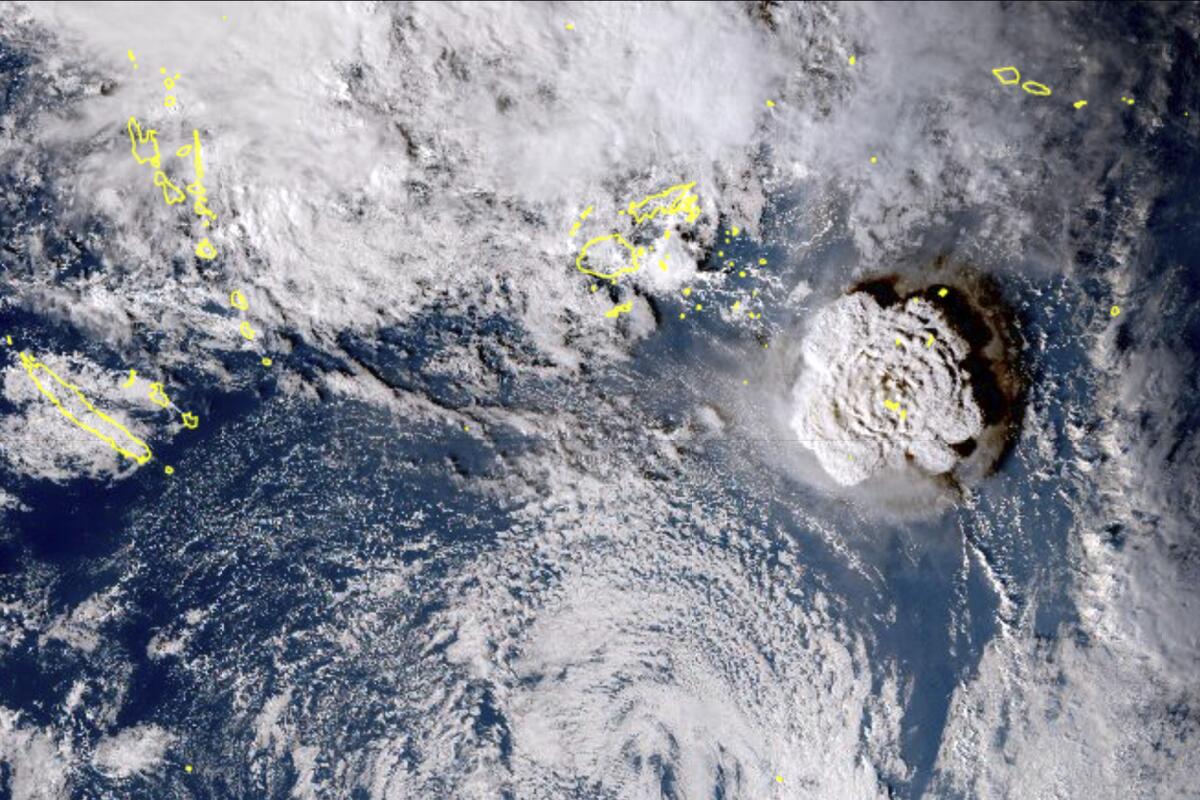
The resulting surge of water in San Diego was reminiscent of an event in 2010, when an 8.8 earthquake off Chile generated a tsunami that lifted the bay’s waters, damaging some docks.
The county Office of Emergency Services sent out an alert at 6:55 a.m. that the National Tsunami Warning Center had issued an advisory. An advisory is less serious than a warning.
To many watching the beaches, the change was not easily discernable.
“Even a foot change be difficult for anyone to notice with the swell going on right now,” said Encinitas lifeguard Lt. John Strickland.
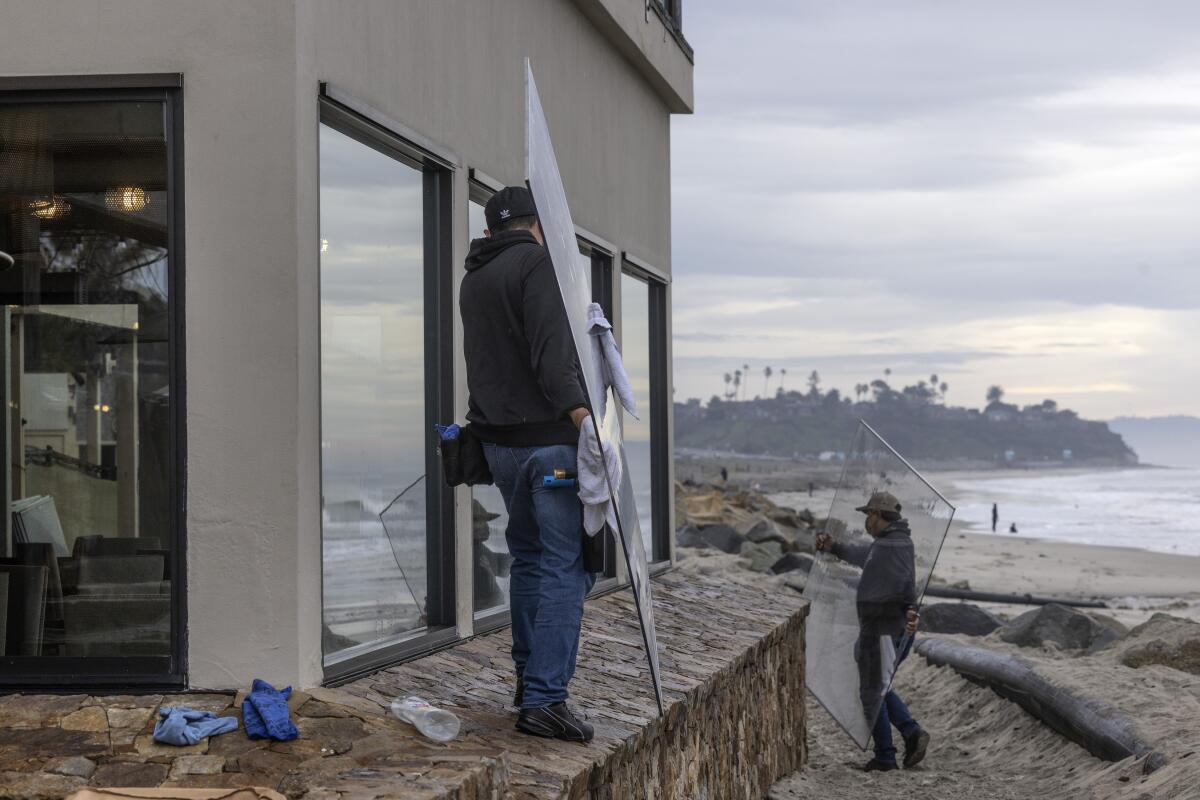
Videos posted on social media showed a more clear-cut surge in local marinas.
The guest boat docks on Shelter Island were quiet Saturday, with only a couple mariners sitting in their docked boat, waiting for the strong, tsunami currents swirling in all directions to subside.
Phil Barlow, 35 of San Diego, stood in a small park over the dock watching the currents and chaotic swirls stirred up by the surging and receding tide. He pointed out that one of the Harbor Police’s two floating plastic platforms to park boats out of the water had buckled, gotten caught on the bottom and remained bunched up.
“It’s not a wave,” Barlow said. “You can see the rip currents, and then you can see the movement of the ocean surging in for about five minutes, then receding, tossing things around here on the dock.”
The warnings to stay away didn’t keep several looky-loos from the water, up and down the coastline, although the drizzly morning weather likely helped keep those curious crowds small.
“There have been people right when the first event was supposed to occur on the overlooks,” Strickland said. “But the crowds are already gone.”
Lifeguards have been restricting access to the water line but haven’t officially closed beaches.
At the state beaches in North County, parking lots were temporarily closed to the public. Coronado lifeguards kept the sand clear of people, while Encinitas lifeguards had roped off access points.
The county’s Emergency Operations Services team monitored the situation while communicating with all of San Diego’s coastal jurisdictions, the weather service and state authorities.
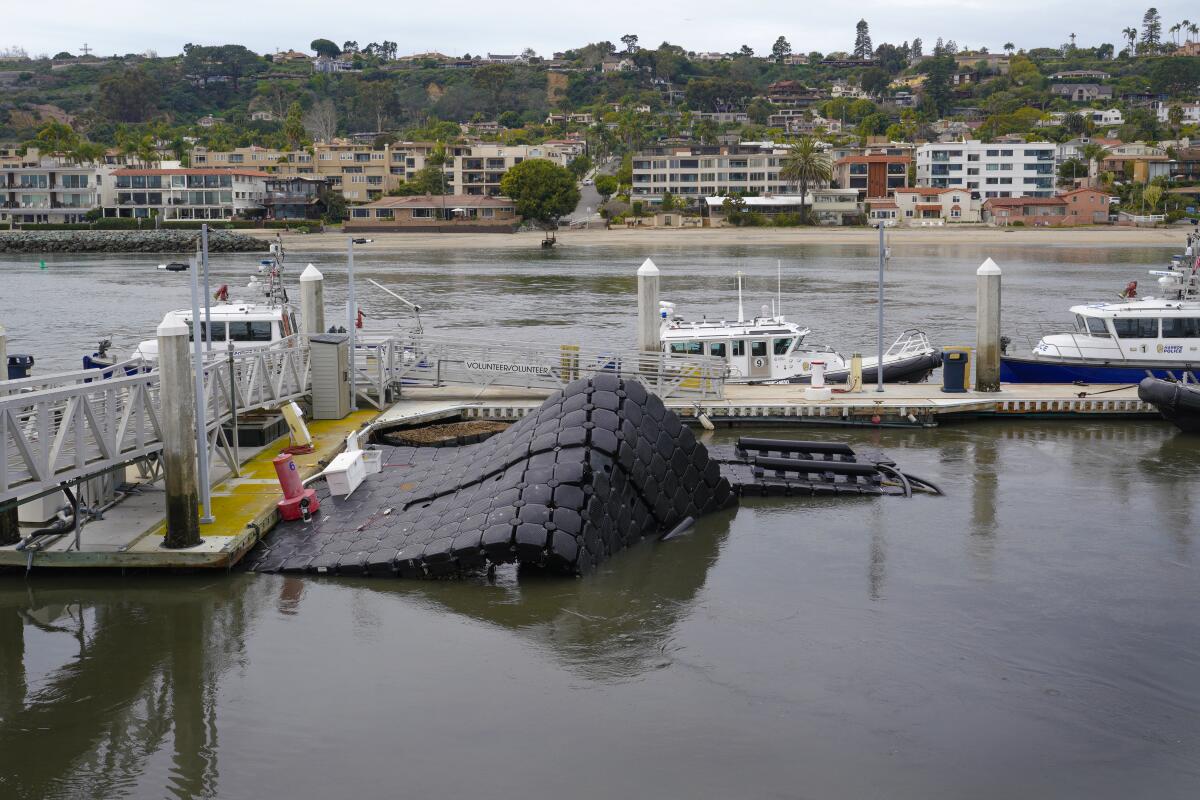
Tsunamis are typically produced by certain types of offshore earthquakes and underwater volcanoes that displace tremendous amounts of water, generating waves that can travel great distances.
Southern California rarely gets such tsunamis “because we’re far away from places like South America, the Indo-Pacific and Alaska, where events like this tend to happen,” said Susan Hough, a seismologist at the U.S. Geological Survey in Pasadena.
“The waves attenuate,” she said. “And we’re not angled to take a direct hit.”
The region also benefits from not having a subduction zone directly offshore.
These zones represent the boundary lines between Earth’s huge tectonic plates. One plate bends and slips beneath the other, motion that can produce massive earthquakes.
There are earthquake faults off San Diego County, including one that produced a 5.4 quake off Oceanside in July 1986.
“It wasn’t large enough to cause the sort of underwater landslide that would lead to a tsunami,” said Tom Rockwell, a seismologist at San Diego State University. “You’d probably need something larger to happen to produce a local tsunami.”
There are many mysteries left to be solved.
Scientists were surprised by how the underwater volcanic eruption unfolded and produced a tsunami that radiated across the Pacific.
“This is an unusual tsunami,” said John Orcutt, a geophysicist at UC San Diego’s Scripps Institution of Oceanography.
“Normally, a large section of a trench experiences a deep fracture, which creates a large tsunami propagating away from the fracture.
“In this case, a large volcano erupted and the vertical motion has created a tsunami. This did result in a tsunami at Tonga about a meter high. There was flooding there although not catastrophic.”
Staff writer Morgan Cook contributed to this report.
Get Essential San Diego, weekday mornings
Get top headlines from the Union-Tribune in your inbox weekday mornings, including top news, local, sports, business, entertainment and opinion.
You may occasionally receive promotional content from the San Diego Union-Tribune.







